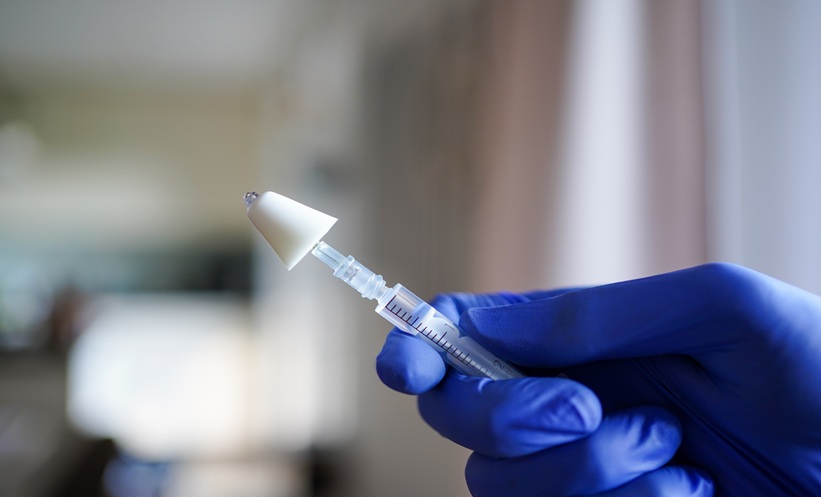AN INTRANASAL bird flu vaccine safely primes broad mucosal and systemic immunity in a Phase I trial.
Early Trial of Intranasal Vaccine
In this randomized controlled Phase I study, adults received two intranasal doses of a recombinant influenza A/H5 vaccine formulated with a nanoemulsion adjuvant or an unadjuvanted H5 control or placebo. Doses were given 28 days apart. Six months later, all participants received an intramuscular boost with an inactivated A/H5N1 vaccine from a different clade. This design allowed investigators to test how an intranasal bird flu vaccine could prime the immune system for a later intramuscular dose.
The primary objective was safety. Researchers monitored solicited and unsolicited adverse events, laboratory abnormalities, medically attended events, potential immune mediated and new onset chronic conditions, and serious adverse events. All regimens were well tolerated, with no safety concerns that would prevent further clinical development. After the intranasal series, conventional measures such as hemagglutination inhibition and microneutralization responses remained low, highlighting the difficulty of relying only on classic serum correlates for mucosal influenza vaccines.
Mucosal Priming and Cross Clade Immunity
Despite limited changes in traditional antibody titers, the adjuvanted intranasal vaccine drove clear evidence of mucosal and systemic immune priming. Recipients showed significant increases in mucosal and serum IgG and IgA, stronger antibody binding by surface plasmon resonance, expansion of memory B cells and CD4 T cells, and greater antibody dependent cell mediated cytotoxicity. These findings suggest that an intranasal bird flu vaccine can engage multiple arms of the immune response beyond neutralizing antibodies.
Following the intramuscular H5N1 boost, participants mounted robust responses across all immunological measurements. Importantly, microneutralization assays demonstrated activity against diverse H5N1 clades, including circulating clade 2.3.4.4b. This pattern indicates that intranasal priming followed by intramuscular boosting may support broader cross clade protection than a standalone intramuscular schedule.
Implications For Pandemic Preparedness
For healthcare professionals, these early data support continued exploration of intranasal influenza vaccines as part of pandemic preparedness strategies. Mucosal priming could help limit infection and transmission in the upper respiratory tract, while systemic boosting consolidates durable cross clade protection. The study also reinforces the need to develop better mucosal immune biomarkers, since standard serum assays may underestimate the protective potential of intranasal vaccine approaches against bird flu.
Reference: Deming ME et al. An intranasal adjuvanted, recombinant influenza A/H5 vaccine primes against diverse H5N1 clades: a phase I trial. Nat Commun. 2025;16:9321.








